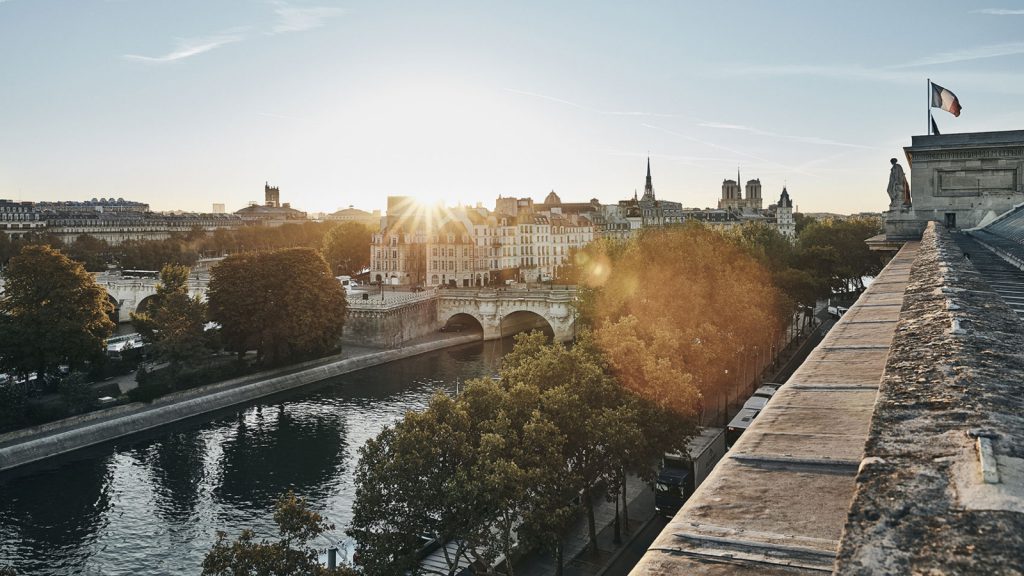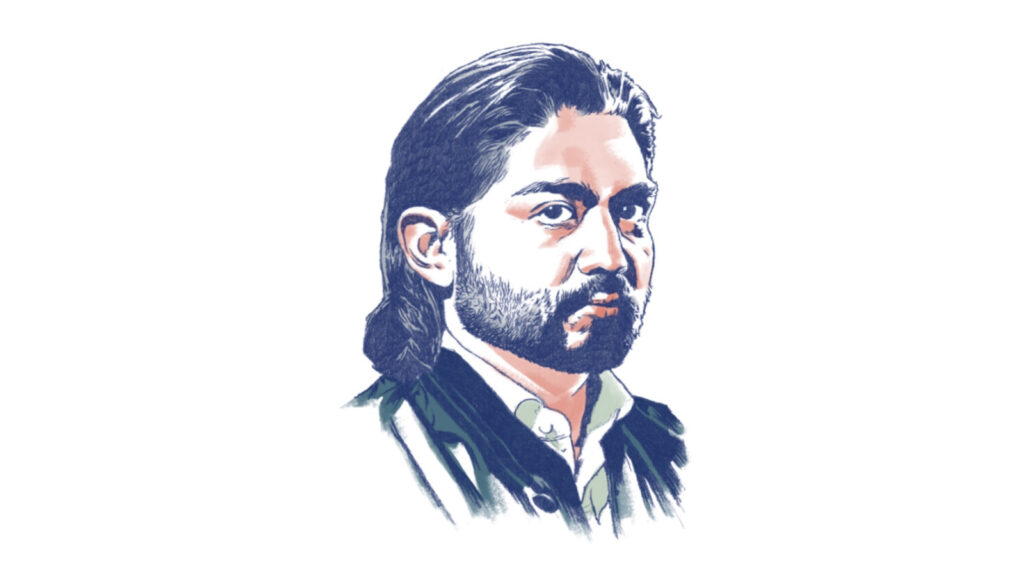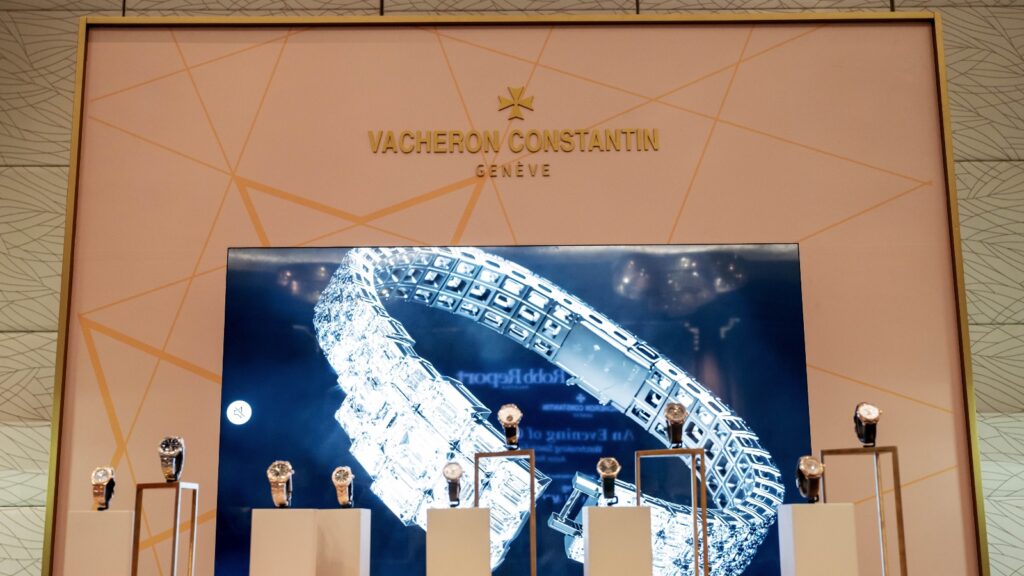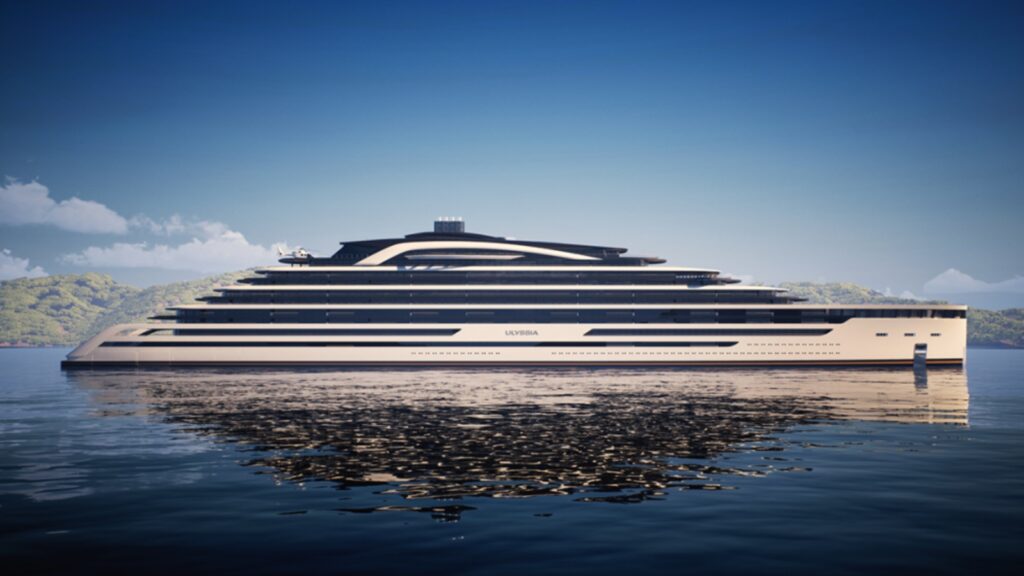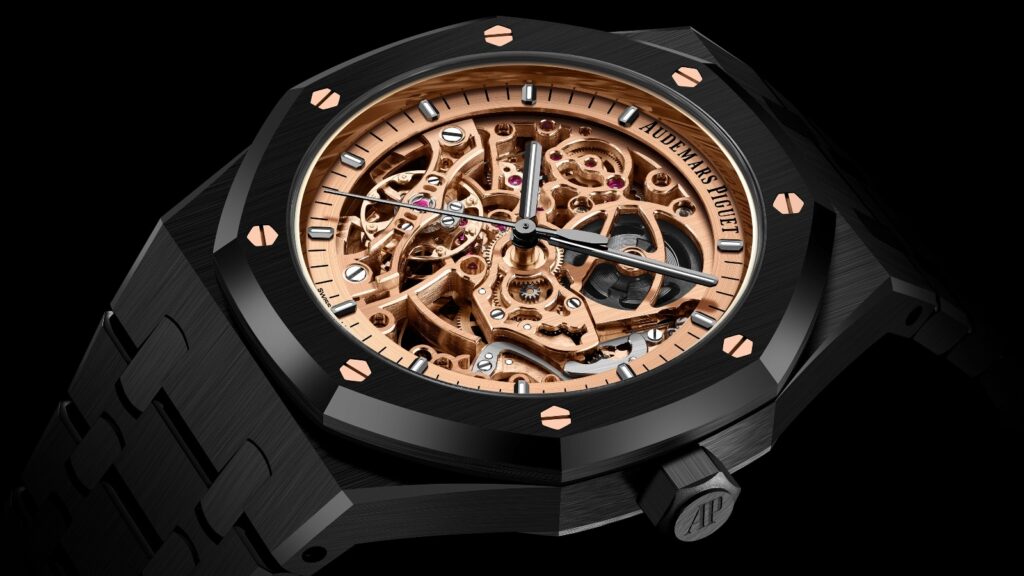Last autumn, Chef Darren Chin of the one-Michelin-starred DC Restaurant travelled to Cognac, France, where the fabled Louis XIII is created. Through centuries of stewardship and savoir-faire, in the cultivation of grapes, the distillation of the spirit and long years of ageing, the house of Rémy Martin has earned its renown in producing the singularly spectacular Louis XIII, a nonpareil cognac. Robb Report Malaysia accompanied Chin, who is also a Louis XIII ambassador, on his immersive journey to discover the cognac’s origins.
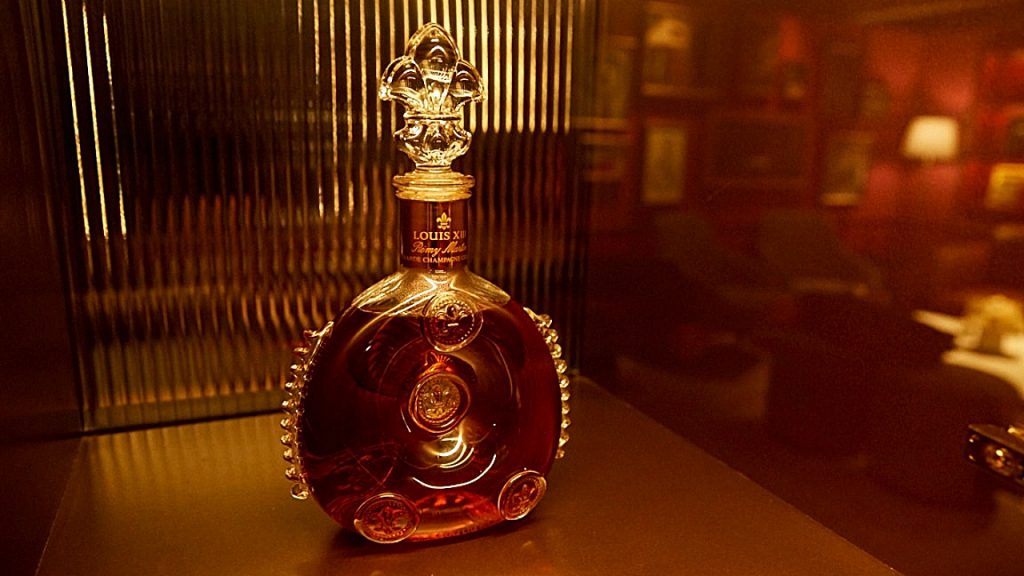
The legend of Louis XIII began in 1874 when the first bottle was crafted by Paul Emile Rémy Martin, the great grandson of the maison’s founder, Rémy Martin. That reputation has been burnished through the centuries. Within a few years of its creation, Louis XIII would be registered in the US (1876) and shipped to Shanghai (1880). It was also savoured at the world’s largest fair, the 1900 Paris Exposition (Exposition Universelle), which celebrated the greatest feats that were achieved during the 19th century.
In the ensuing years, heads of state and sovereigns were feted with Louis XIII, as evidenced by a surviving menu for a 1938 dinner at the Palace of Versailles, held by French President Édouard Daladier in honour of the royal visit of King George VI and his wife Queen Elizabeth. Just three years before, on the maiden voyage of the uber-luxurious ocean liner SS Normandie, Louis XIII would be sipped and enjoyed by aristocrats, industrialists and celebrities in first class.
In more recent times, France has held great fascination for Chin, who undertook the Grand Diplôme programme at Le Cordon Bleu Prais in 2011, graduating with high honours the year after. He then spent his time in the kitchen of Pierre Sang Boyer and Michelin-starred Lasserre in Paris, before eventually returning home and then founding the eponymous DC French fine-dining restaurant in 2014. Since then, the accolades for DC Restaurant and Chin have kept coming, crowned by a star in the Michelin Guide Malaysia 2023. Even during the darkest days of the pandemic, Chin believed that the good times would return. This led him to remodel his restaurant, expanding with a unique private dining space with Louis XIII, where diners would be immersed in a gastronomic experience paired with this famous cognac.
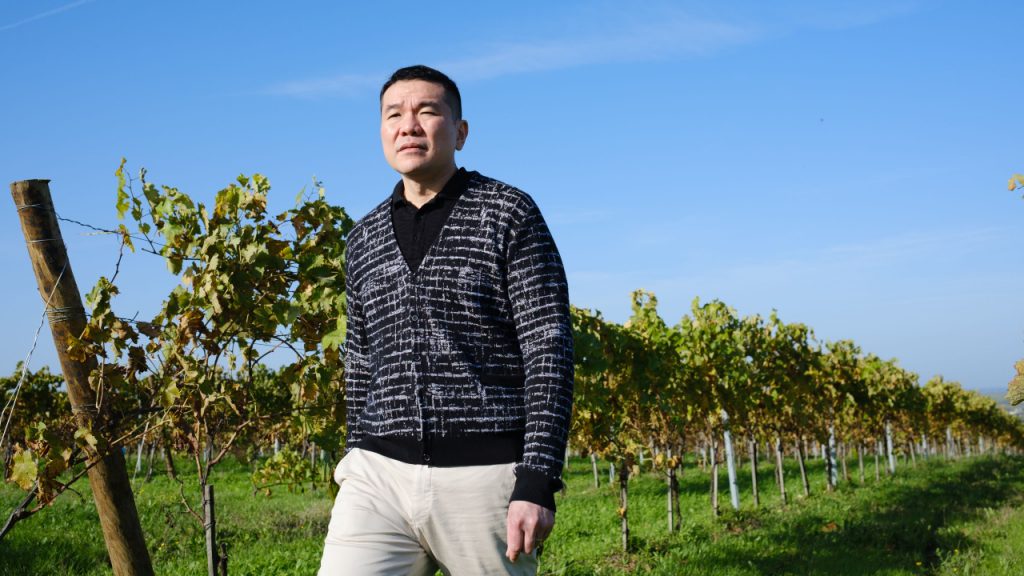
On this autumnal visit to Cognac, Chin arrives at the vineyards owned by Maison Rémy Martin, right in the heart of Grande Champagne – the most heralded sub-region in Cognac. Here, the roots of the grape vines reach deep into chalky soils, into the bedrock of limestone and sandstone. This area, which lies on the eastern edge of the Atlantic Ocean, saw a vast amount of seashells deposited on the seabed before it rose. It is this fine, white soil, compacted over 70 million years, which is credited for the particular elegance of Grande Champagne cognac.
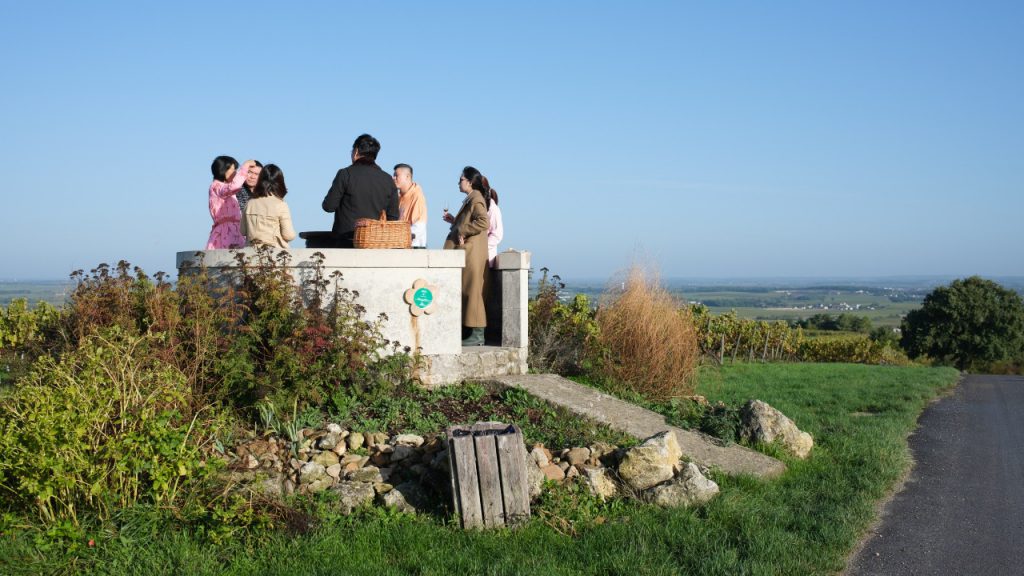
On the vines, Ugni Blanc is by far the most popular varietal – a small, sour and hardy grape that represents 97 per cent of all vineyards in Grande Champagne’s 32,124 acres. The vines grow to between 40 and 45 years, before the land is given a rest and new vines are planted. Only Grande Champagne, the foremost of the six sub-regions of Cognac, offers the ageing potential for the eau-de-vie – the distillate of the grapes. The power and secret of the terroir enables the eau-de-vie to continue expressing itself through aromas of flowers, fruits and spices, through decades and even centuries.
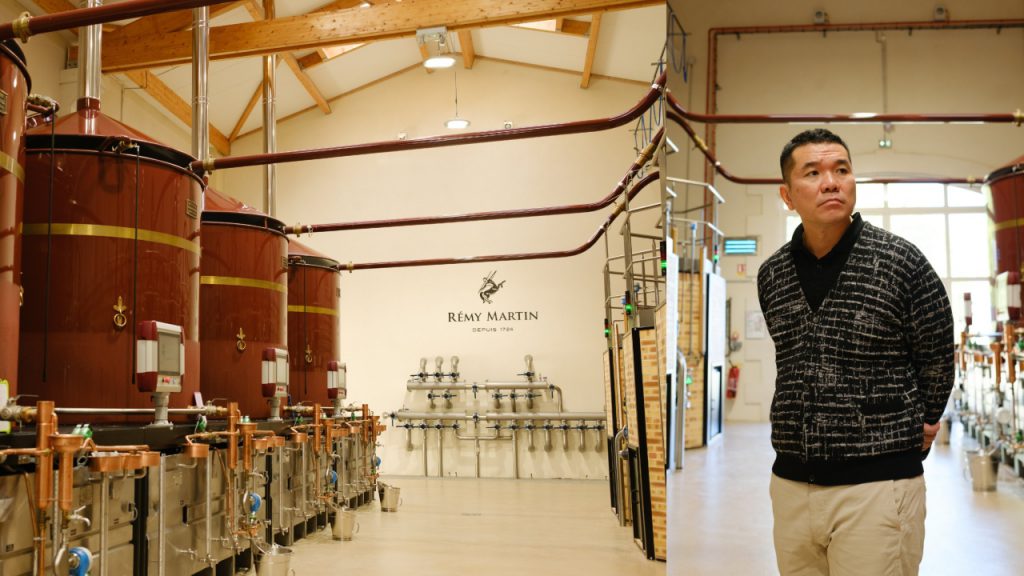
At the Rémy Martin distillery, Chin is introduced to the maison’s age-old method of producing the eau-de-vie. This clear, colourless spirit is the result of the fermentation of grapes and double distillation, with 12kg of the fruit on average producing a litre of eau-de-vie. A particularity here is the act of leaving in the lees – the residual yeast from the fermentation process – which gives the resulting eau-de-vie a longer finish. “It’s like cooking,” Chin observes. Here, smaller pots holding 2,500 litres or less are heated to produce vapours, which condense in the swan necks. This resulting spirit is distilled again to produce the ‘bonne chauffe’, the heart of the cut, which is a 70 per cent proof spirit, the foundation of what may be Louis XIII.
In an airy tasting room, Louis XIII cellar master Baptiste Loiseau – who ascended to the role the same year as DC Restaurant’s founding – tells Chin about the many stages of crafting Louis XIII. “In tasting eau-de-vie that we consider to have the Louis XIII potential, we use primarily our nose as a tool, less so the palate,” Loiseau starts. “We are looking for an explosion of aromas, beginning from mint and honey as we approach the glass, and then exhibiting fragrances of pears, apricots and offering the buttery, creamy notes – a distinct indication of the distillation on the lees. This gives it a sense of smoothness to the nose.”
Most interestingly, despite employing similar methods in distilling as those of whisky, the eau-de-vie that forms Louis XIII draws most of its olfactory notes from the terroir, as opposed to the wooden casks. “The eau-de-vie concentrates all the potential of our terroir, and it is capable of expressing notes of pear, apricot, rose and exotic fruits such as mango and lychee even before we harmonise it with the wood.”
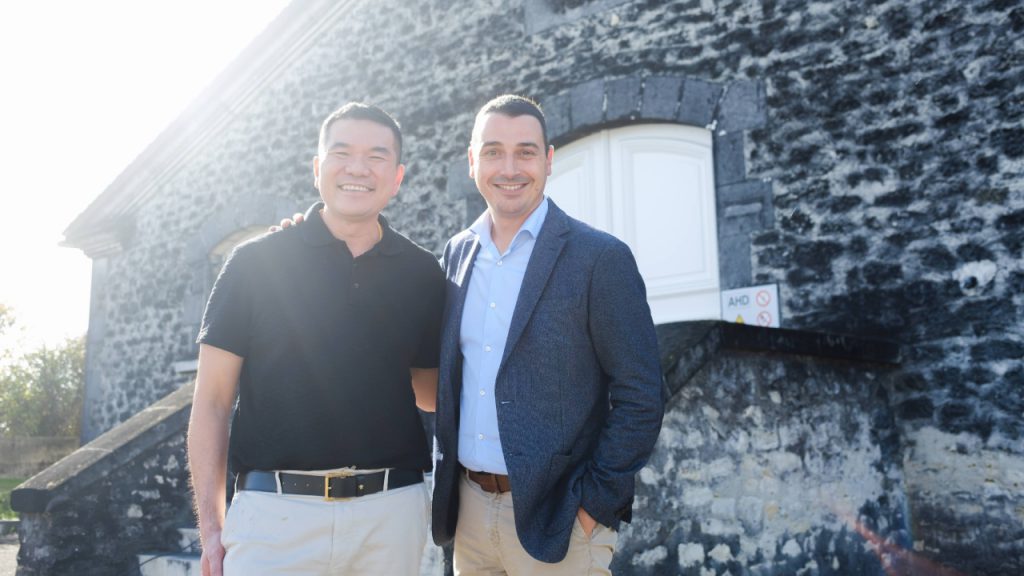
Loiseau then adds a few drops of water to the still clear eau-de-vie, which immediately becomes cloudy due to the unfiltered nature of the spirit. “The cloudiness is a sign of the richness of the eau-de-vie,” he points out, saying that he and his committee will add a list of descriptors, such as rich, elegant or too heady, and then assign a score of zero, three, five or 10 to the samples. “In considering the eau-de-vie that qualifies as Louis XIII, the score has to be plus-10.”
Following a period of approximately two decades, the time spent in the wood helps the eau-de-vie develop exotic notes of vanilla, spices, cinnamon and liquorice. However, at 52 per cent ABV, the spirit is still too oaky and sharp on the nose. This necessitates the time of blending in which varying stocks of eau-de-vie are merged, with a mix of new oak, seasoned casks and old casks rotated to bring the average age of the liquid contents to 40 years old. All of this results in the ABV dropping to 48 per cent.
By the time it is ready to become Louis XIII, the ABV has dropped to between 42 and 43 per cent, courtesy of the angel’s share. The aromas are steeped with descriptors of time – toffee, coffee and chocolate as well as perfumes of undergrowth and mushrooms, courtesy of the cellar where they are kept. “Every year, I have to make the recipe from different compositions but to ensure that these hundreds of eau-de-vie always reproduce the same taste,” Loiseau shares, which earned an admiring response from Chin: “That’s a tough job.”
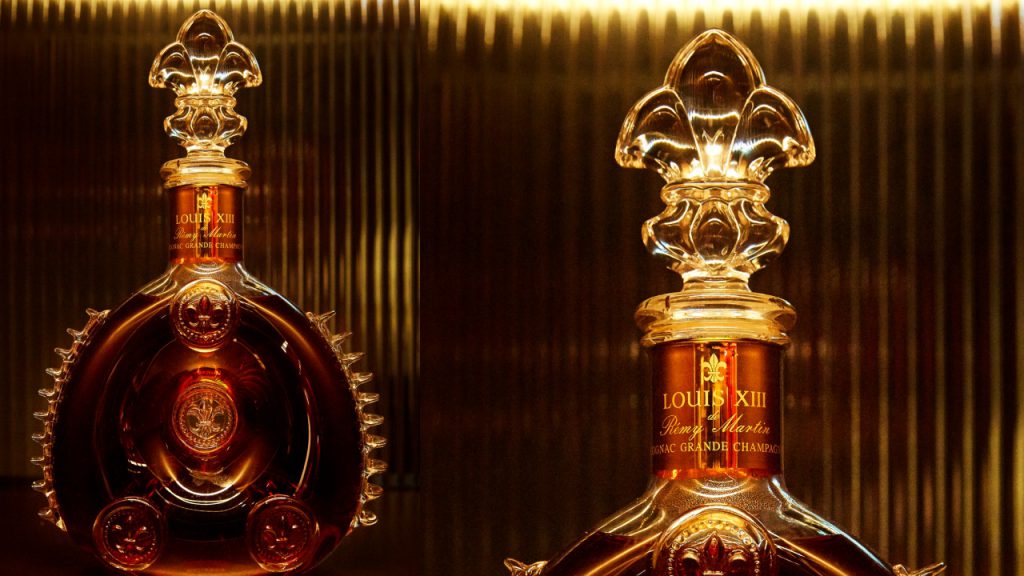
The nearby André Hériard Dubreuil cellars are named after Rémy Martin’s visionary former chairman who struck up a partnership with 800 wine growers in 1965 to guarantee the maison with exceptional stocks of eau-de-vie over the ages. It is here where Loiseau takes Chin into the penultimate journey of Louis XIII. These cool cellars, rich with the scents of ageing eau-de-vie, are the resting place of the most prized casks of Louis XIII – 500-litre tiercons. Made of Limousin oak from southwest France, these century-old barrels are characterised by their wide grain, which allows the eau-de-vie, wood and air to dance their delicate symphony. Over time, the liquid extracts the tannins from the wood, softening the spirit and conferring toasty aromas to the drink. “The eau-de-vie that we sampled earlier will be aged for decades here,” Loiseau says. “So my role and responsibility lies in making sure we select the perfect eau-de-vie because it will not be me who will be using it – but the next cellar master.”
